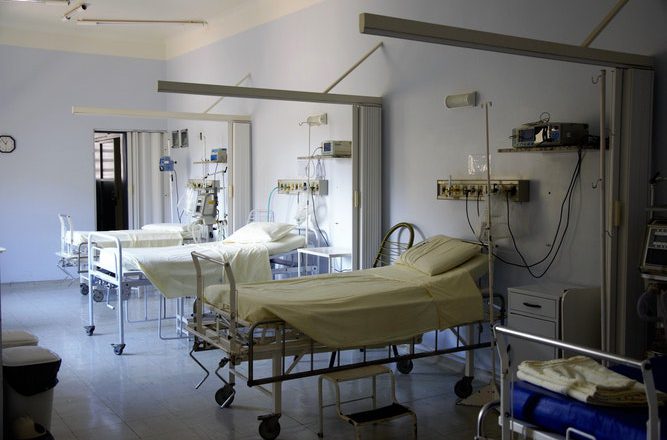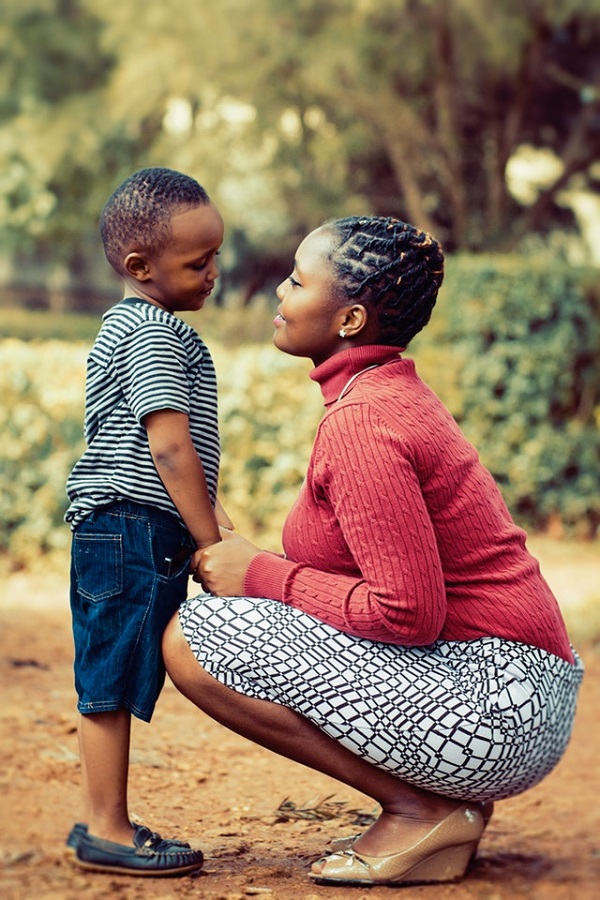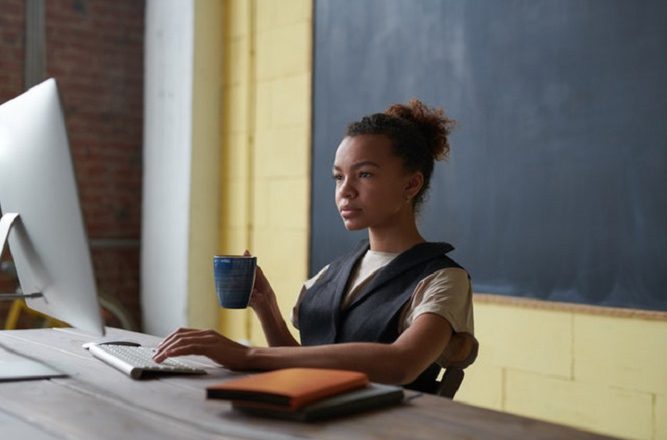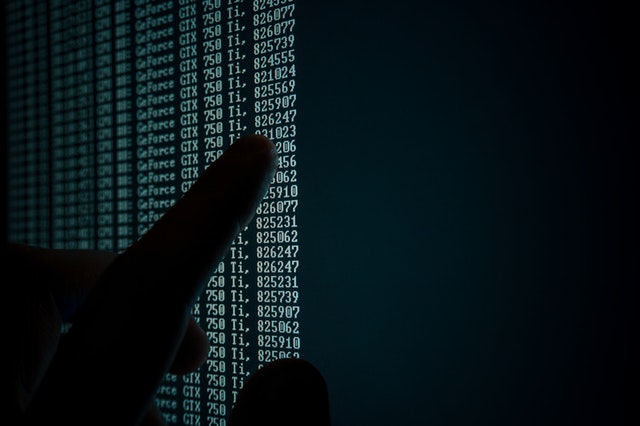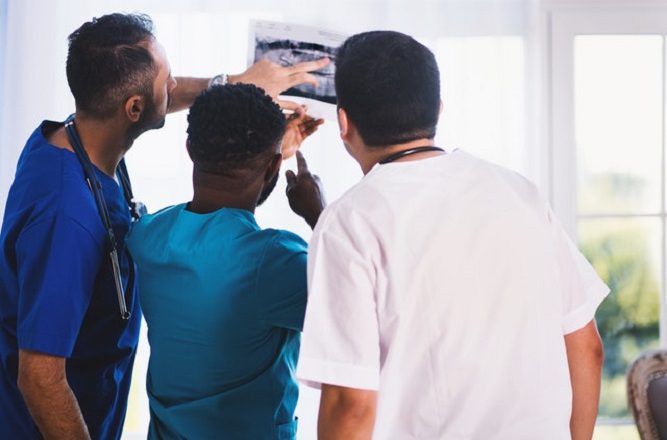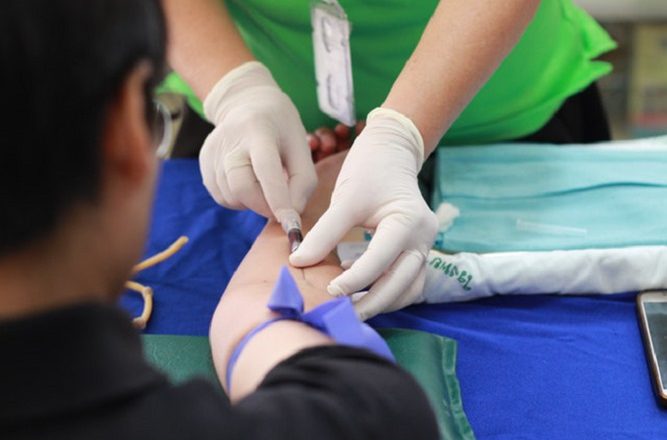High School Health Workers A Medical School And Georgia Students
As part of his training to become a certified community health worker, 10th-grader Malachi Ward needed to monitor family or community members—checking their vital signs and setting health goals. When Ward first asked his mother, Fayron Epps, if he could monitor her, she expressed ambivalence.
Epps considered herself to be in good health. Although she didn’t have a primary care physician, she always attended her annual women’s health checkup and, despite the occasional headache, felt fine. She agreed to be a study participant because Ward needed five people to monitor. “I was like ‘OK, you can monitor me, but you’re not going to find anything’,” she recalls.
Except Ward did find something.
“I was really taken aback,” Epps admitted. Her blood pressure was dangerously high. Over the course...
